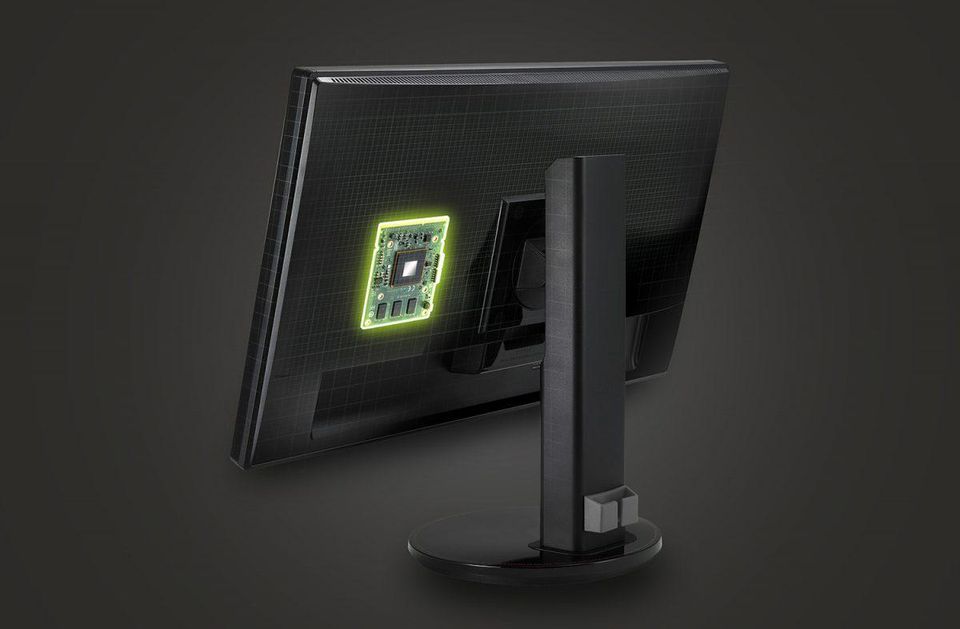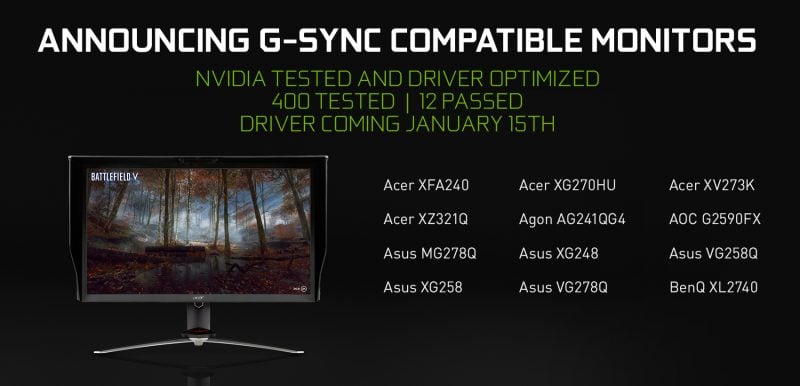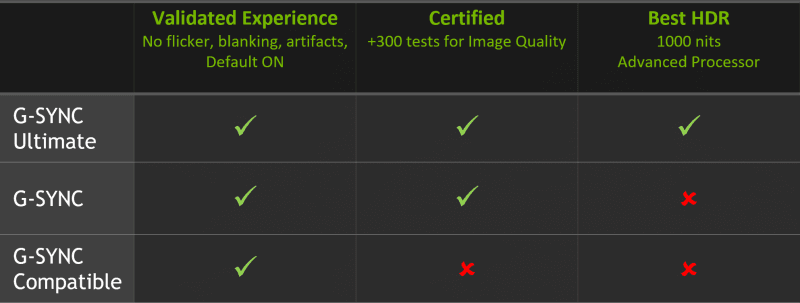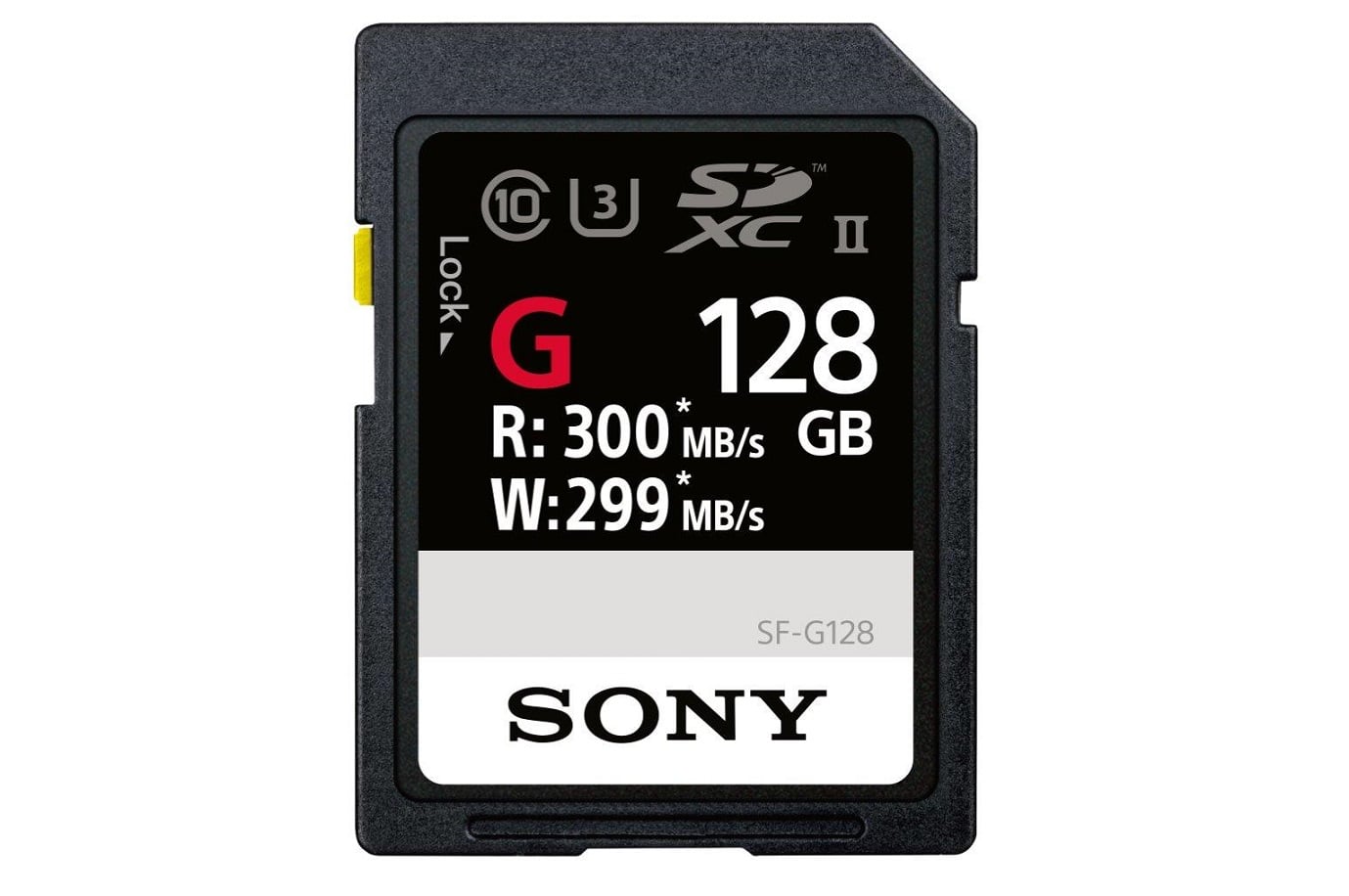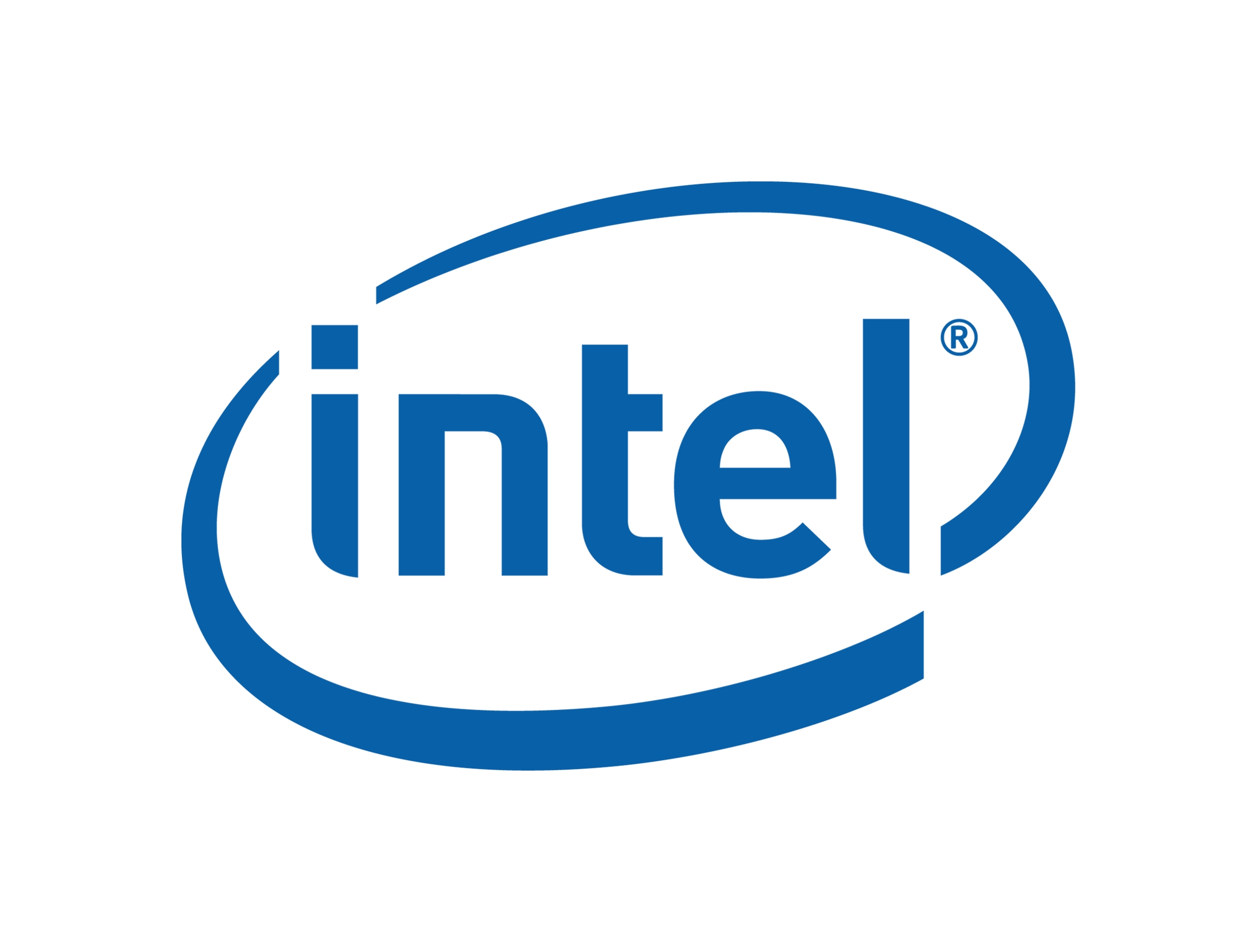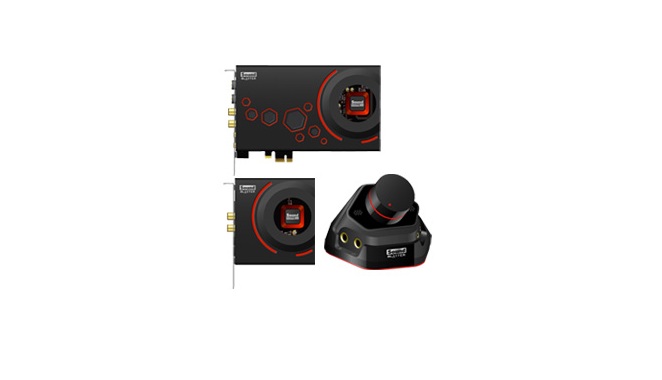In a stunning move from Nvidia earlier this week, the GPU company announced that they would finally begin supporting adaptive sync functionality on AMD FreeSync monitors. Previously, Nvidia graphics cards were only compatible with their proprietary G-Sync system, which is technically a slightly better implementation of adaptive sync monitor technology when compared to FreeSync however, monitors that support G-Sync require an additional piece of hardware from Nvidia to handle the variable refresh rate of the monitor which makes the monitors supporting G-Sync more expensive (usually in the range of $100-$250) than monitors of similar feature sets without the G-Sync hardware.
While Nvidia has resisted supporting FreeSync, or as VESA refer to as Adaptive Sync, up until now, Nvidia recently announced that it will be available on all “Pascal and Turing cards ending in X” which is all 10 series cards from the GTX 1050 and up, as well as all upcoming RTX cards. Nvidia has stated that all Adaptive Sync monitors will be able to enable the G-Sync functionality through the driver, though they will still be manually validating monitors that will work with G-Sync automatically. They have already validated 12 monitors and plan on doing many more, though they’re quite picky since there is currently over 400 FreeSync panels that exist in the market.
This development is possibly spurred by Nvidia’s recent stock plunge as a result of reduced demand and could be yet another good reason to buy the new GeForce RTX 2060, especially for those who have already invested into the FreeSync ecosystem. This removes one of AMD’s greatest strengths as Nvidia customers are now able to select from not only G-Sync monitors, but also the same wide variety of FreeSync monitors previously only available to AMD graphics card customers.
Nvidia will begin rolling out a new driver update on the 15th which will include support for monitors utilizing Adaptive Sync.

